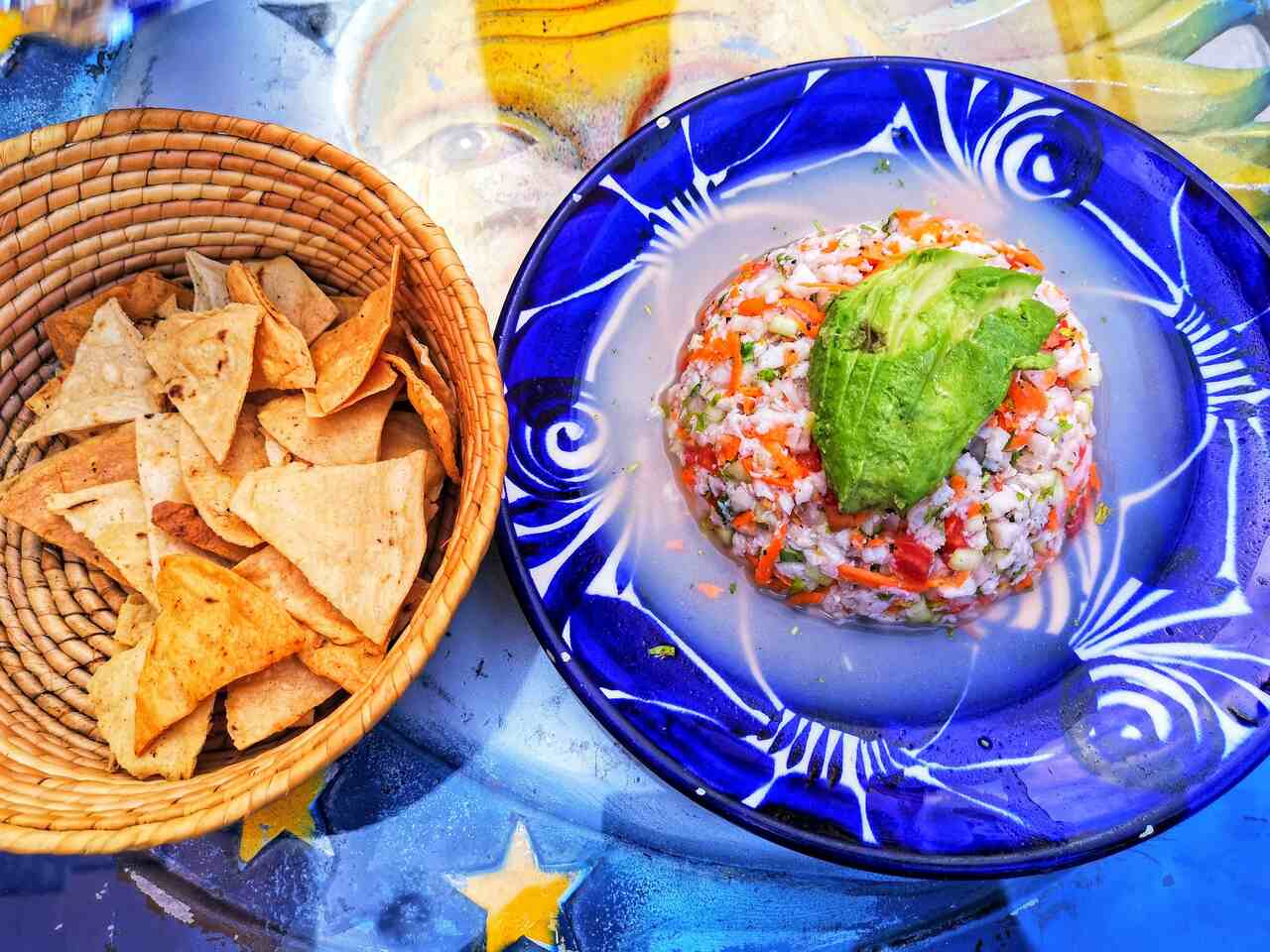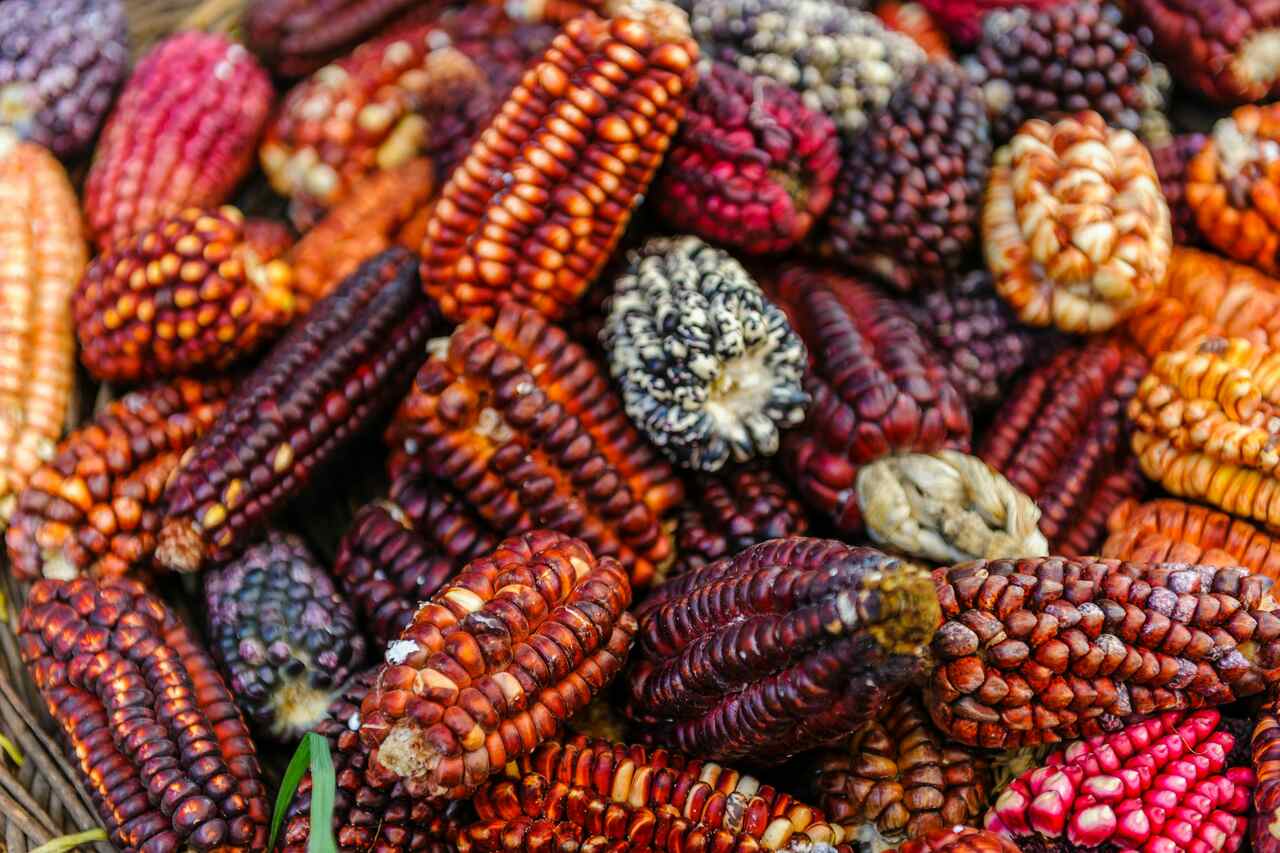
Is This Latin American Food Weird to You?
DATE:
Imagine strolling through a bustling market in Latin America. The vibrant colors, lively music, and the scent of fresh produce fill the air. Suddenly, you encounter a food stall offering something unexpected—fried insects, perhaps, or a dish made from organ meats. Intrigued? Grossed out? Hold on tight as we embark on a journey exploring weird Latin American food that’s bound to surprise and fascinate.
A Feast for the Adventurous: Weird Latin American Delicacies
Latin American cuisine is renowned for its rich flavors and diverse ingredients. However, it also features some truly unusual dishes that might seem bizarre to the uninitiated. These culinary oddities often reflect the ingenuity and resourcefulness of the region’s people.
This culinary diversity is a testament to the resourcefulness of the region’s people, from the chefs in the kitchen to the people involved in the delivery of these unique dishes.
Insect-Based Dishes
Insects are a staple in many Latin American countries. They are packed with protein and have been consumed for centuries. In Mexico, for example, you might find chapulines, or grasshoppers, seasoned with chili and lime. They’re crunchy, flavorful, and surprisingly popular among locals and adventurous tourists alike.
Organ Meats
Another category of weird Latin American food involves organ meats. Known as offal, these parts of animals are often discarded in other cultures but are considered delicacies here. Morcilla, a type of blood sausage, is common in Argentina and Uruguay. It’s made from pig’s blood, fat, and spices, and despite its unusual ingredients, it’s beloved by many.
Pushing the Boundaries of Taste: Dishes That Challenge the Palate
If you think insects and organ meats are pushing the boundaries, wait until you hear about these next dishes. They are guaranteed to test even the most adventurous eaters.
Fermented Foods
Fermentation is a preservation method that also enhances flavors, sometimes in ways that are unexpected. Chicha, a traditional drink in the Andes, is made from fermented corn. It has a unique, tangy taste that can be an acquired preference. In parts of Peru and Bolivia, chicha is still sometimes fermented using saliva, adding an extra layer of intrigue—and challenge.
Strong Flavors
Latin American food culture embraces strong, bold flavors, and some dishes take this to an extreme. Cuy, or guinea pig, is a traditional dish in Peru and Ecuador. It’s roasted whole and served with various sides. The flavor is often compared to rabbit or dark meat chicken, but the presentation can be off-putting to those not used to seeing their food in such a natural state.

DID YOU KNOW…?
Cuy is not just a food item but also holds cultural significance in Peruvian festivals and ceremonies, symbolizing fertility and prosperity.
Cultural Context: Understanding the Origins and Significance
To truly appreciate these unusual Latin American dishes, it’s essential to understand their cultural significance and origins.
Indigenous Traditions
Many of these foods have roots in indigenous traditions. Insect consumption, for example, dates back to pre-Columbian times. The Aztecs and Mayans consumed insects as a vital part of their diet, and this practice continues today, showcasing a deep connection to their ancestors.
Colonial Influences
The colonial period also left its mark on Latin American cuisine. Spanish and Portuguese colonizers introduced new ingredients and cooking methods, blending them with indigenous practices. This fusion resulted in unique dishes like morcilla, which combines Old World and New World culinary traditions.
Reactions and Reviews: What People Say About These Dishes
How do people, both locals and foreigners, react to these unusual foods?
Positive and Negative Responses
Many locals view these dishes as integral parts of their heritage and are proud of them. Foreigners, on the other hand, often have mixed reactions. Some embrace the adventure, finding the flavors delightful and the experience memorable. Others are less enthusiastic, often due to the visual presentation or unfamiliar taste profiles.

A World of Weird Food: Exploring Culinary Curiosities
Latin America isn’t the only region with exotic foods. Around the world, people enjoy dishes that might seem strange to outsiders.
Other Cultures’ Unusual Dishes
In Asia, for instance, balut—fertilized duck egg—is a popular street food in the Philippines. In Europe, haggis, a savory pudding containing sheep’s heart, liver, and lungs, is a Scottish delicacy. These examples highlight how food preferences and taboos vary across cultures, making the world of cuisine incredibly diverse and fascinating.
QUICK TIP…
When trying unusual foods, approach with an open mind and respect for the cultural significance behind them. It’s all part of the adventure!
Embrace the Adventure of Weird Latin American Food
Exploring weird Latin American food offers a unique glimpse into the region’s rich cultural tapestry. From insect-based dishes to organ meats and fermented foods, these culinary curiosities reflect deep-rooted traditions and resourcefulness. While some may find these foods challenging, others embrace the adventure, discovering joy in unique flavors and cultural stories.
Latin America’s unusual cuisine highlights the region’s diverse and vibrant food culture. Understanding the cultural and historical context can enhance your appreciation and enjoyment of these exotic foods.
Ready to dive deeper into Latin American food culture? SpanishVIP is here to help. Start with a free 1:1 class or enjoy a free 7-day trial of our group classes to enhance your culinary journey. Bon appétit!








